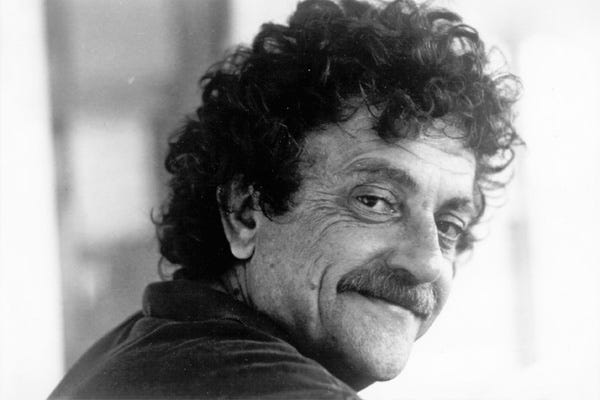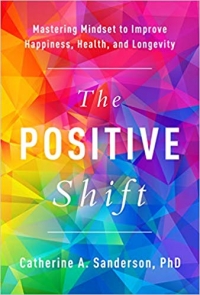
THE EMPTY CHAIR
Will stare you down
Glare back
Blink not
Because it holds the
h a l l o w e d
power of
M E M O R I E S

ANGUISH:
The lack of Blindness
that illuminates
The Empty Chair
at a Holiday Table

The best thing about an
EMPTY CHAIR
At the Table
Is that it has a Meaning
No other Emptiness
Could ever hold
or Capture

It WHISPERS:
I’m still here
It SHOUTS:
Remember When

The Blessing
of an
EMPTY CHAIR
Is it cradles what can’t be held
No Hurt
No Grief
No Pain
No Loss
No Emptiness
That’s caused by a power
Much stronger than all of those things
Together:
L O V E

There’s nothing that shouts louder
Than a Silent Space
There’s nothing more full
Than an
EMPTY CHAIR
A heart will always Shout
What a mouth can’t Whisper
EMPTY CHAIR
That reminds of scents
That holds little sense
That makes no cents
But always keeps us
To what Was
Tortured to what Is
Foreigners to what
For an Ever
Will always be

And the worst of the worst
The baddest of the bad
The grievous of the grief
isn’t
THE EMPTY CHAIR

It’s the
s m a l l e s t
slow rusting rotting
EMPTY CHAIR
that holds
what never was
reminding us
painfully
of all of the memories
that’ll never be
created
experienced
imagined

Leaving us
not only
Empty Chair’d
But Spilled OUT
Off our Rocker
POURED OUT

The only thing worse than getting
EMPTY CHAIR’D
is being
NO CHAIR’D

Forever leaving blank the phrases:
I REMEMBER THE TIME:
I’LL NEVER FORGET THE TIME:
or better yet,
WHAT ABOUT THE TIME:
. . .because the worst memories of all
ARE THOSE NEVER CREATED. . .
EMPTY CHAIR’D
 Have you ever seen
Have you ever seen




:max_bytes(150000):strip_icc()/__opt__aboutcom__coeus__resources__content_migration__simply_recipes__uploads__2015__12__Fruitcake-LEAD-2-a01c04e1ad954e7c8505beb2778fdd98.jpg)
:max_bytes(150000):strip_icc()/__opt__aboutcom__coeus__resources__content_migration__simply_recipes__uploads__2015__12__05165027__holiday-fruitcake-method-7-b7d1628ce80f462caa11c9762d392145.jpg)



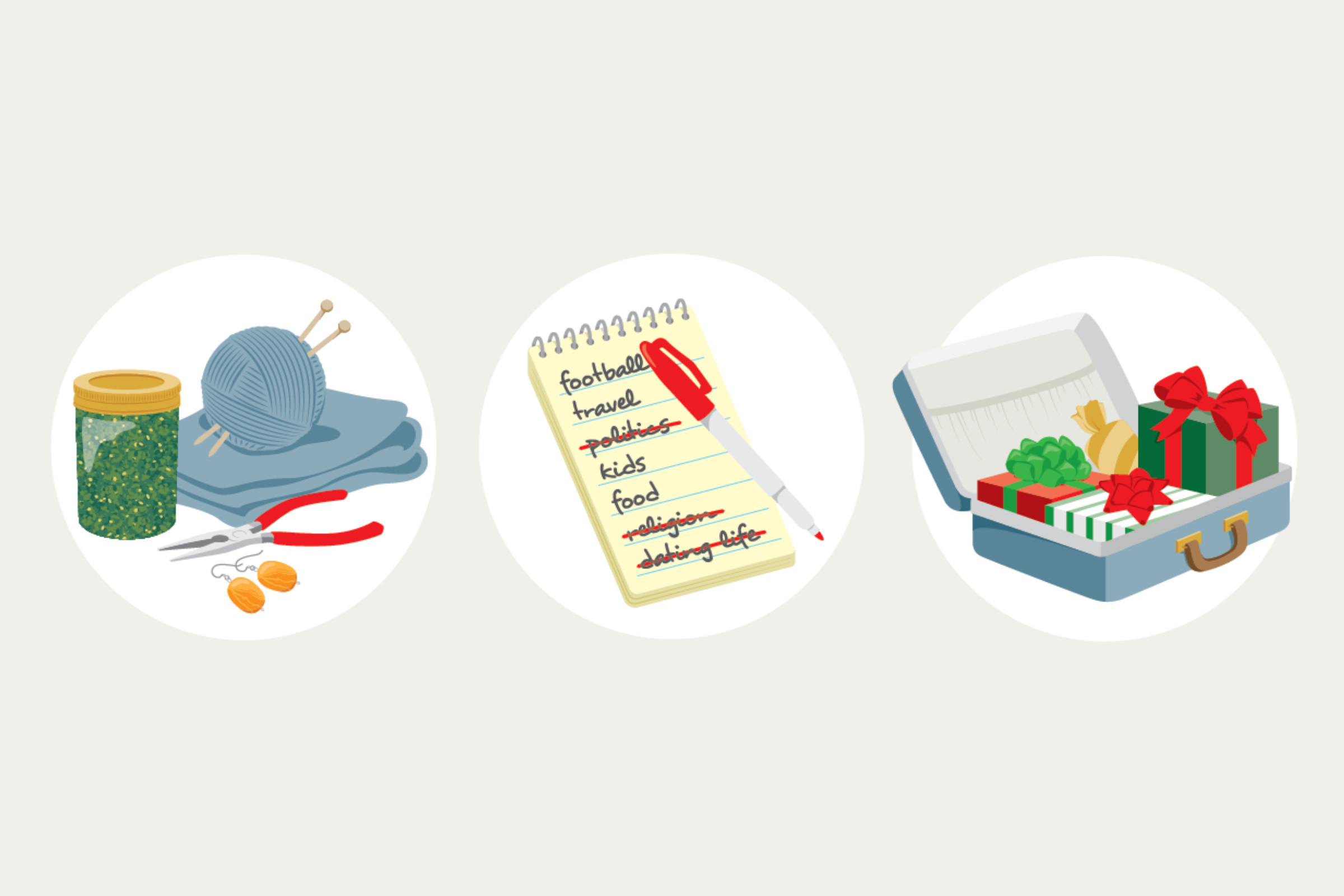
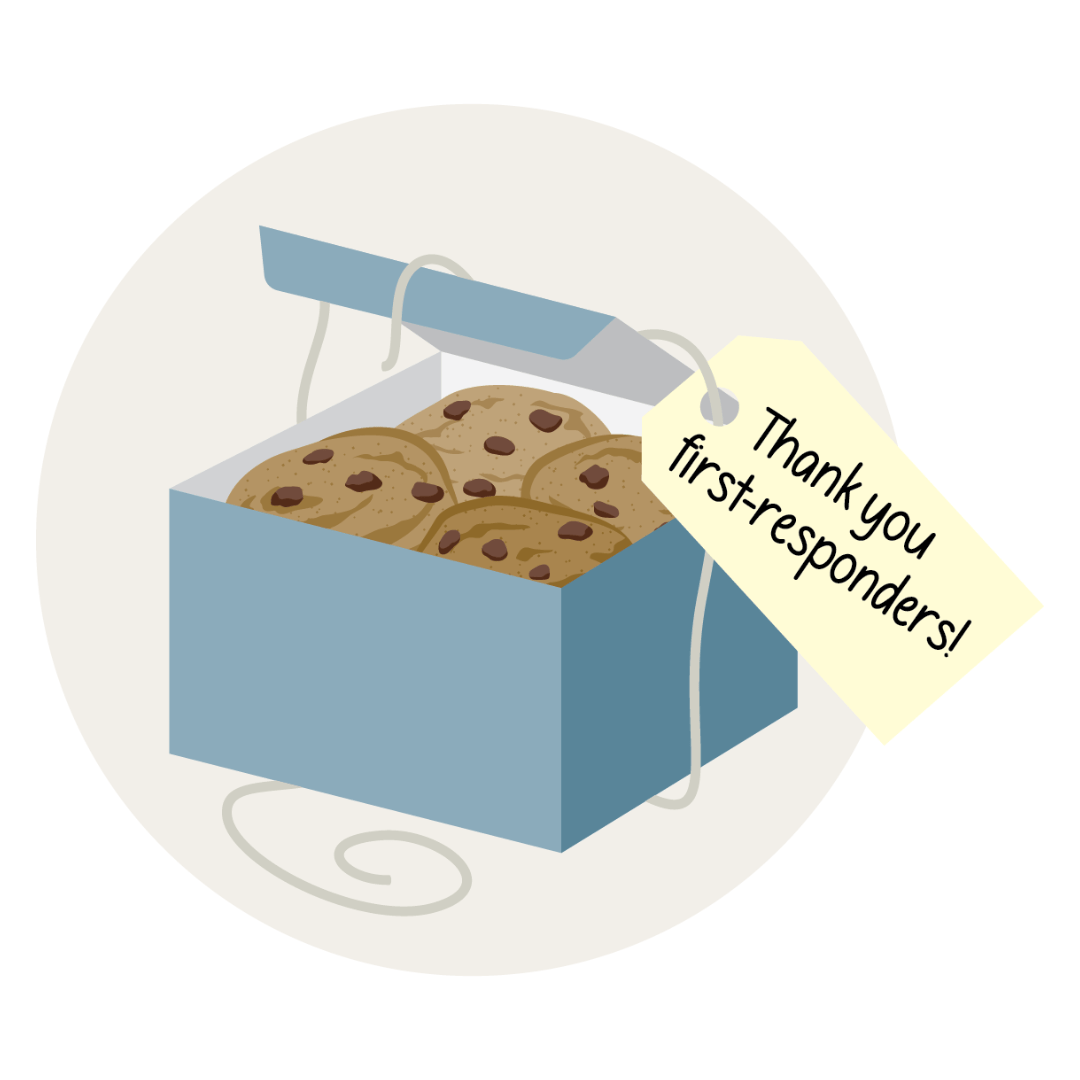 Illustration by Brown Bird Design for TIME
Illustration by Brown Bird Design for TIME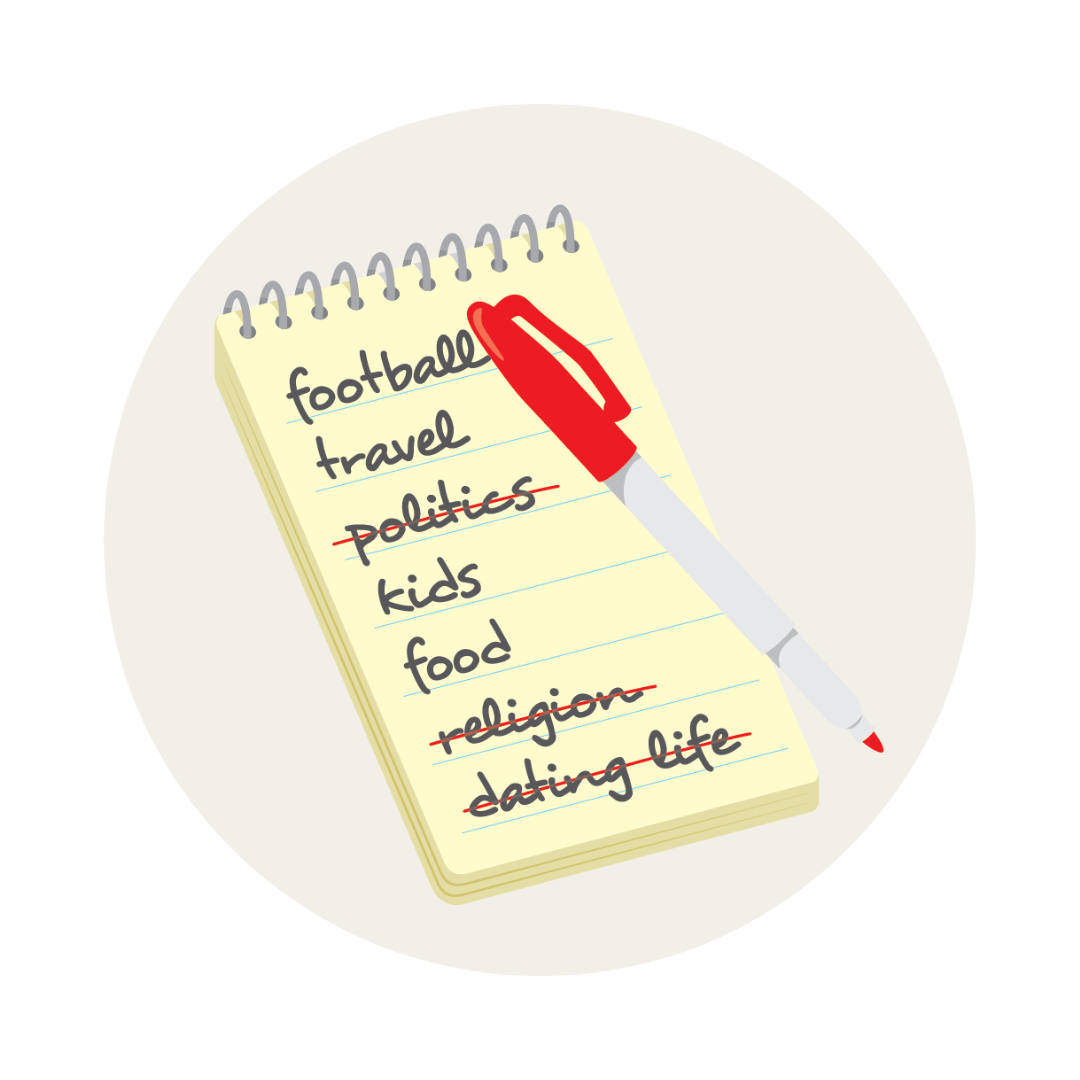
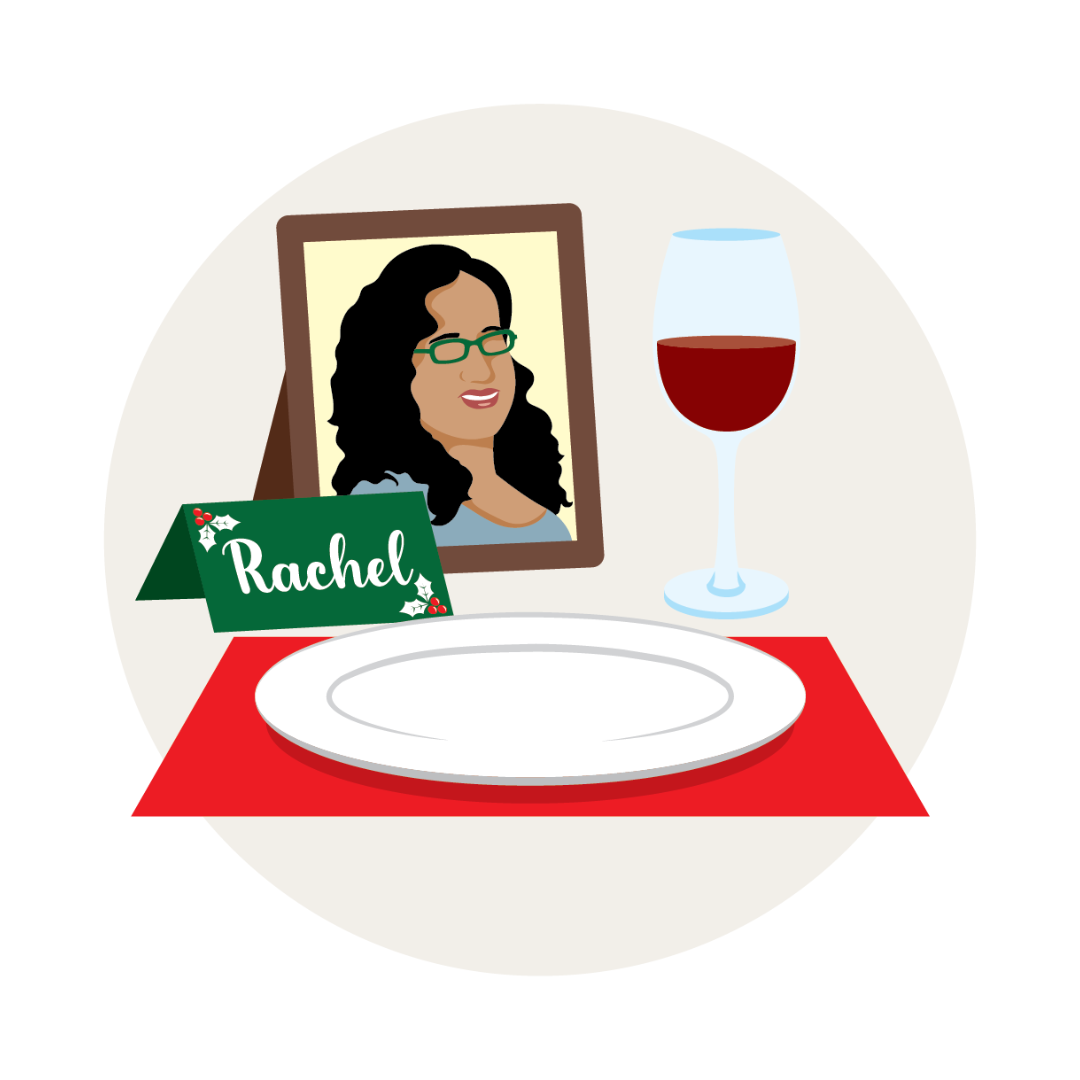 Illustration by Brown Bird Design for TIME
Illustration by Brown Bird Design for TIME Illustration by Brown Bird Design for TIME
Illustration by Brown Bird Design for TIME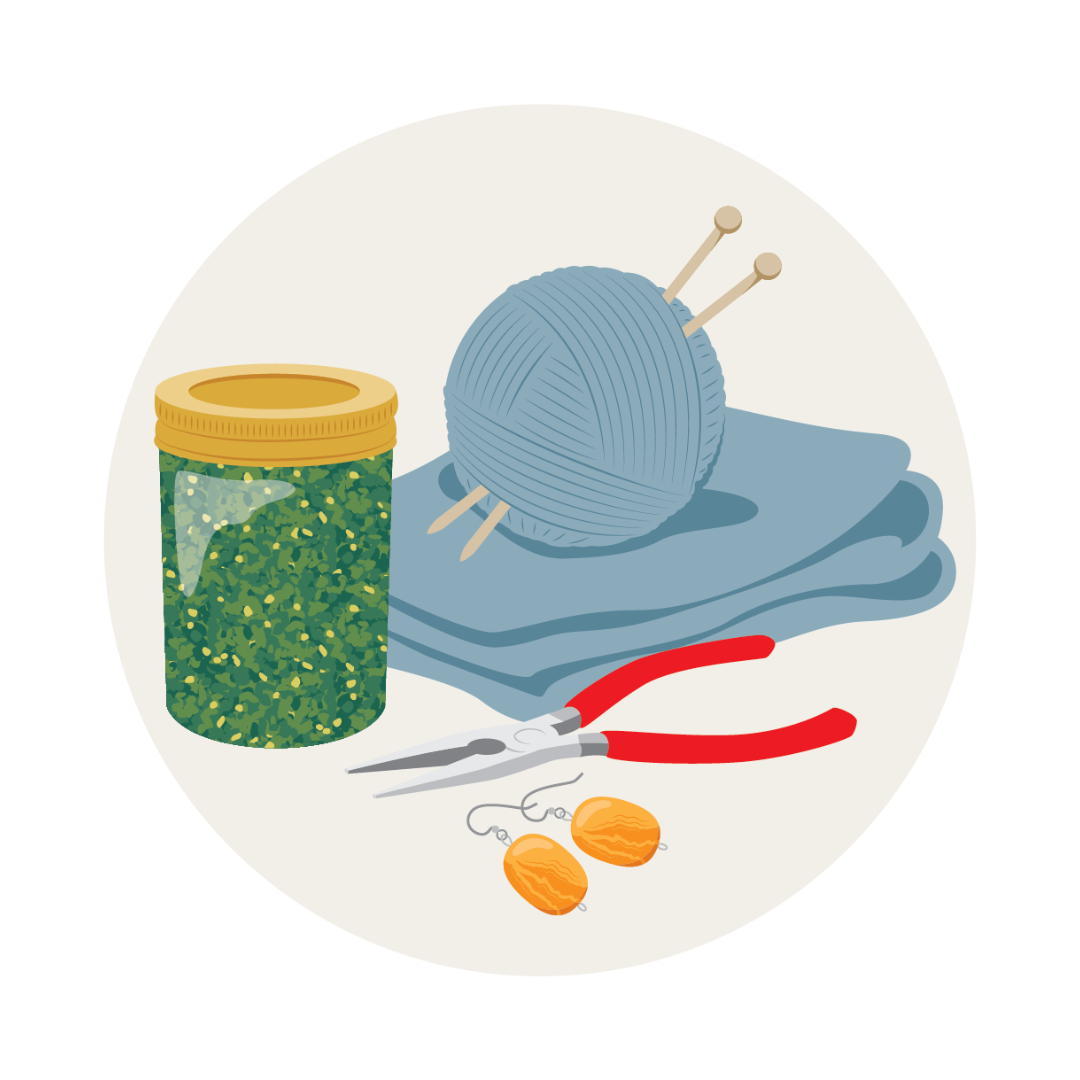 Illustration by Brown Bird Design for TIME
Illustration by Brown Bird Design for TIME




 But
But

